Have you ever felt overwhelmed by the constant noise of daily life? The endless buzz of traffic, notifications, and conversations can leave anyone drained. Imagine stepping into a place so quiet that you can hear your own heartbeat, the rustling of leaves, or the distant echo of a bird’s wings. Taking a trip to one of the world’s quietest places gives you a rare opportunity to unplug, breathe deeply, and truly relax.
Whether you love the idea of remote islands, untouched deserts, or snow-covered landscapes, you don’t have to trek to the ends of the Earth to find peace — though some of these places come close! From off-the-beaten-path destinations to scientifically recognized silent spots, here are some of the quietest places you can visit for an unforgettable escape.
Lemaire Channel, Antarctica
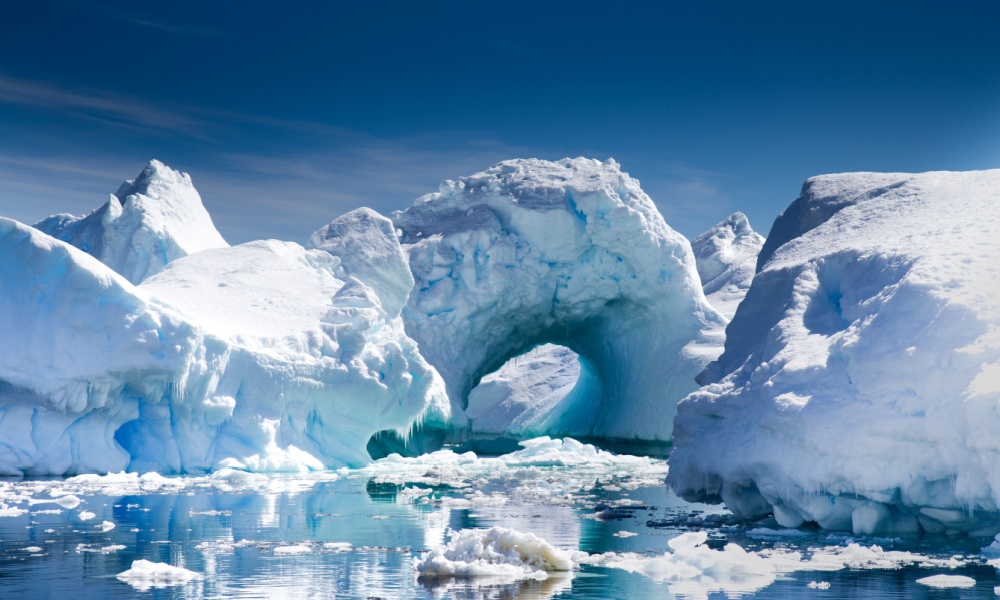
Antarctica is home to some of the most awe-inspiring, untouched landscapes on the planet. Among its many jewels is the Lemaire Channel, a breathtaking waterway lined by towering glaciers and massive, snow-draped peaks. Due to its remoteness and icy terrain, sound levels here drop to near zero. Most likely, all you’ll be able to hear are the creaking of shifting ice, water lapping against your boat, or the distant call of a seabird.
Cruising through this 6.8-mile fjord, surrounded by towering glaciers and snow-covered peaks, feels like stepping into a dream. For those lucky enough to witness it at dawn or dusk, the soft pink hues reflecting off the ice create an ethereal scene that feels almost otherworldly. If you’re lucky, you might spot orcas or seals gliding silently through the freezing waters. If you want to experience nature in its purest form, a guided expedition to Lemaire Channel should be at the top of your bucket list.
The Namib Desert, Namibia
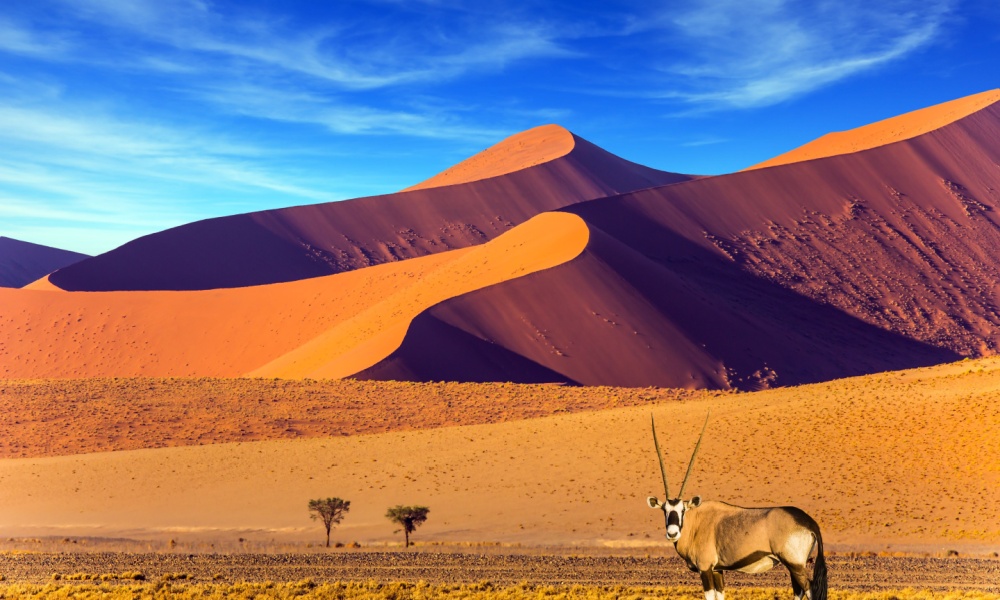
In Southern Namibia, the NamibRand Nature Reserve stretches over 500,000 acres, teeming with wildlife and unparalleled silence. NamibRand was named Africa’s first Wilderness Quiet Park by Quiet Parks International, and the rolling sand dunes, ochre-colored mountains, and endless horizons combine to create a haven of peaceful solitude.
By day, the silence of the desert is only interrupted by the soft shifting of sand in the wind or the distant call of an oryx (a long-horned antelope). At night, the silence deepens, and the sky transforms into one of the best stargazing destinations in the world. With zero light pollution, you can see the Milky Way in crystal-clear detail. Whether you’re taking a safari or simply lying under the vast desert sky, this place will make you feel like you’re the only person on Earth.
Isle of Sark, Channel Islands
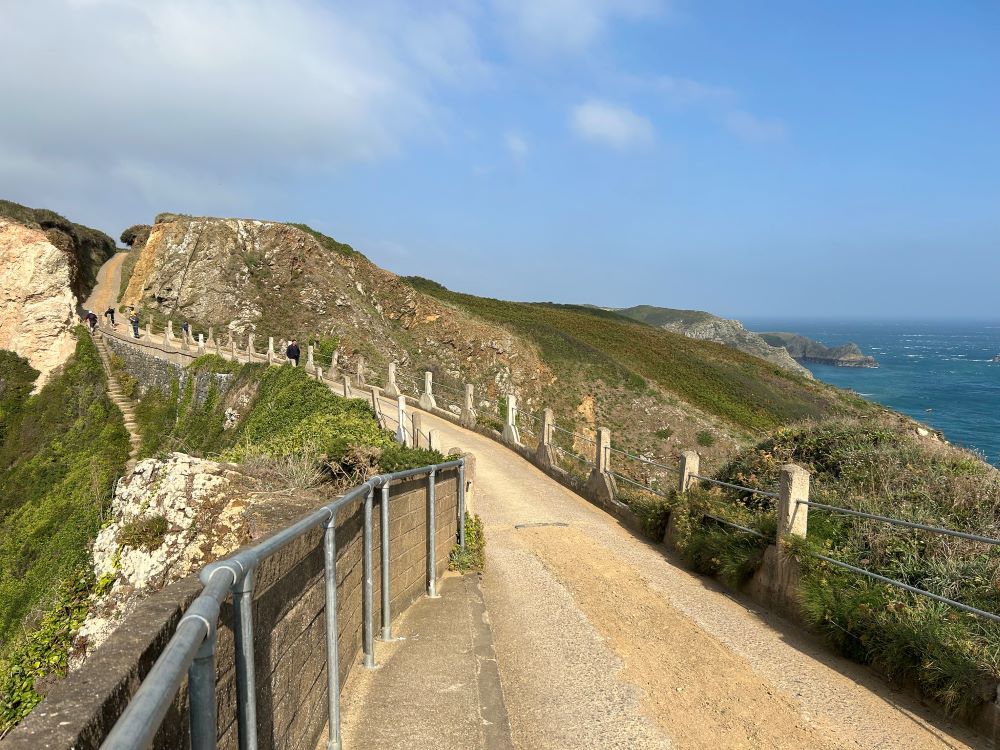
607. The Isle of Sark – La Coupée by Peter Broster licensed under CC by 2.0
Step onto the Isle of Sark, and you’ll immediately realize it’s a world apart. Sitting roughly 40 kilometers off the coast of France, this tiny but enchanting island has earned its reputation as one of the last true car-free destinations in the world. Without the noise of engines or city life, the sounds of nature take over — you’ll hear only the rustling of trees, the occasional horse-drawn carriage, and the rhythmic crash of waves against the cliffs.
Time slows on Sark, inviting travelers to explore at a leisurely pace. Wander along its rugged coastal paths, dip your toes into sparkling blue waters, or simply sit still and soak in the peace. When night falls, an entirely different kind of magic unfolds. Thanks to its designation as the world’s first Dark Sky Island, Sark’s nightscape is a celestial masterpiece, free from light pollution and brimming with twinkling constellations.
Aysén Region, Chile
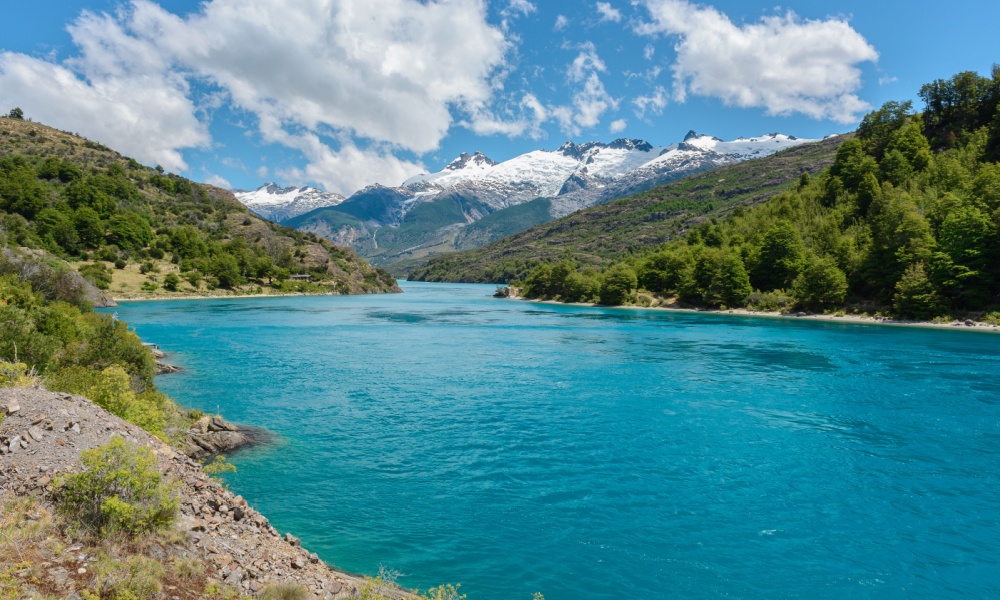
If you’re looking for true wilderness, the Aysén Region in Patagonia, Chile, is about as off the beaten path as you can get. With vast glaciers, deep fjords, and untouched forests, this region offers some of the most stunning and silent landscapes in the world. Because it’s one of Chile’s least populated areas, you may even go hours — or perhaps days — without hearing another human voice.
One of the most surreal experiences here is kayaking through the Marble Caves on General Carrera Lake. As you paddle through dazzling blue caves, the only sounds are the gentle splashes of water and the distant echoes of birds flying overhead. Whether you’re hiking, boating, or simply sitting in awe of the scenery, Aysén is a destination where you can finally hear yourself think.
Olympic National Park, Washington
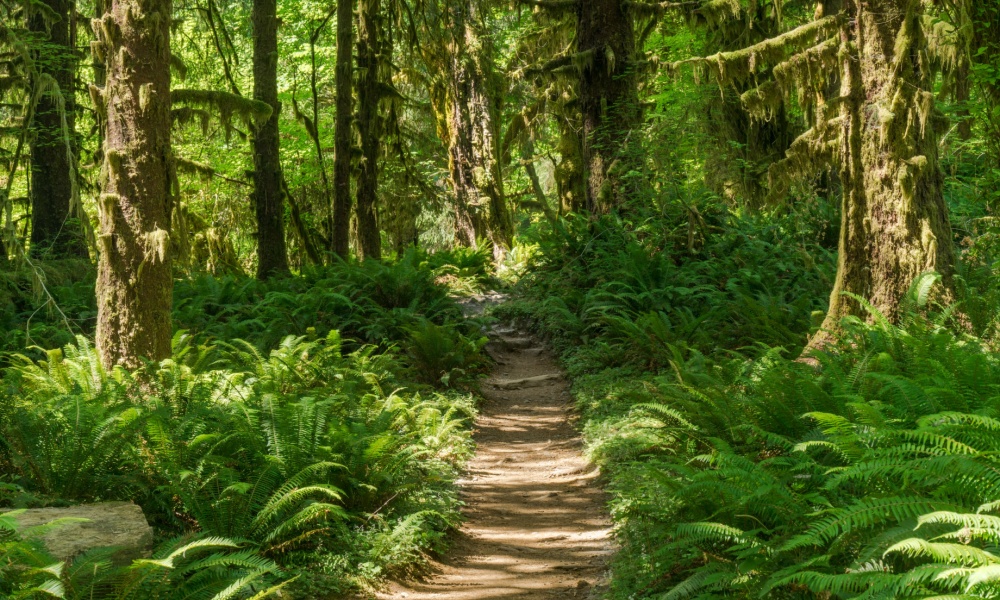
Deep within Washington State’s Olympic National Park lies a tiny red stone that marks something extraordinary — One Square Inch of Silence. This unusual conservation initiative, founded by acoustic ecologist Gordon Hempton, is a bold attempt to protect one of the last naturally quiet places in the United States.
Surrounding this symbolic spot is the Hoh Rainforest, one of the most pristine temperate rainforests in the world. The towering trees, thick moss, and fern-covered earth create a sound-dampening environment. As you follow the Hoh River Trail, you’ll hear nothing but the rustling canopy above, the gentle trickling of nearby streams, and the occasional distant call of an owl. Unlike the artificial quiet of a soundproof room, this is true, living silence, one that brings you closer to nature with every step.
RELATED: Quiet Corners of the World: A Travel Guide for the Introverted Explorer
The Anechoic Chamber at Orfield Laboratories, Minnesota
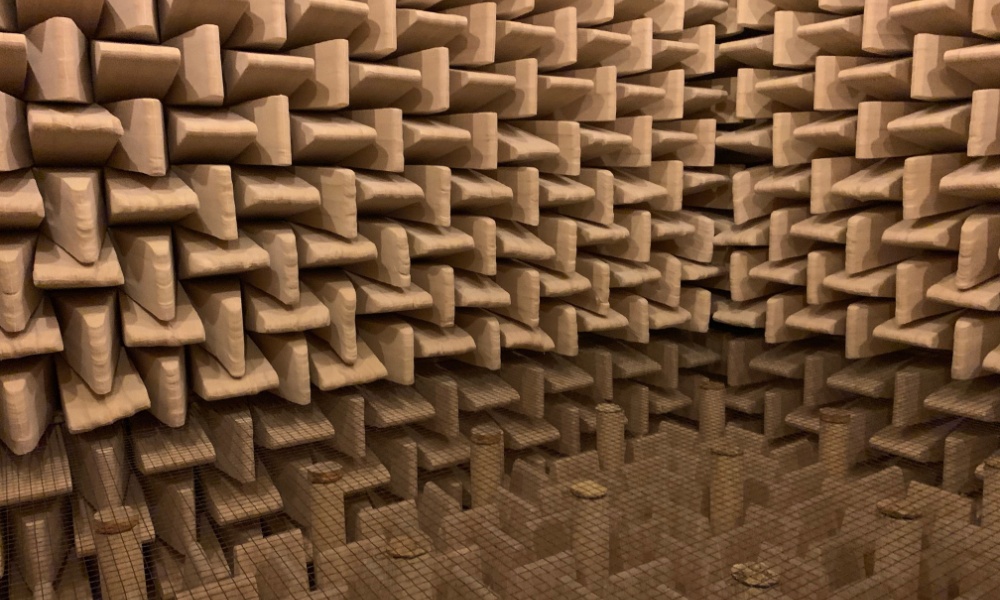
Imagine stepping into a space so silent that even breathing sounds unnaturally loud. Welcome to the Anechoic Chamber at Orfield Laboratories in Minnesota, an acoustic marvel recognized by Guinness World Records as the quietest place on Earth. Designed with layers of fiberglass, thick concrete, and scientifically engineered soundproofing, this room absorbs 99.99% of sound.
Unsurprisingly, few people can endure more than a few minutes inside. Without external noise, your brain scrambles to fill the void, distorting perception and balance. Some find the experience calming, while others feel disoriented or even uneasy. Whether you visit out of curiosity or a genuine desire to test your tolerance for pure stillness, you’ll leave with a newfound appreciation for sound — ironically, by experiencing its absence.
FAQs:
Q: When’s a good time of year to visit these quiet destinations?
A: It depends on the location. November to March is a great time to visit Antarctica, while Sark and Olympic National Park are ideal in spring or summer. NamibRand is great year-round, though cooler months (May–September) are more comfortable. Check local weather conditions before planning your trip.
Q: Do I need any special permits to visit these places?
A: Some locations, like Lemaire Channel in Antarctica, require booking through specialized tour operators. Olympic National Park may require entry passes. NamibRand Nature Reserve offers guided tours, and reservations are recommended for the Orfield Anechoic Chamber. Always check local regulations before you go.
Q: How challenging is it to reach these destinations?
A: Antarctica and Patagonia require long flights and possibly boats. Sark is accessible via ferry from Guernsey. Olympic National Park and NamibRand are reachable by car, though remote areas may require off-road vehicles. The Anechoic Chamber is within Minneapolis and easy to access.
Q: Can you visit these destinations alone, or do you need a guide?
A: It varies. Olympic National Park, Sark, and the Anechoic Chamber can be visited independently. However, Antarctica, NamibRand, and some parts of Patagonia may require guided tours due to safety and conservation regulations. Always research local restrictions before traveling.
Q: What should I pack for a visit to these locations?
A: Essentials depend on the destination. For Antarctica and Patagonia, pack warm layers, waterproof gear, and sturdy boots. In deserts like NamibRand, bring sunscreen, water, and light clothing. For Sark and Olympic National Park, hiking shoes and weather-appropriate layers are key. Don’t forget to pack your camera to capture some stunning photos.
Q: Are these destinations family-friendly?
A: It depends on the age and interests of your family. Olympic National Park, Sark, and NamibRand are great for nature-loving families. Antarctica and Patagonia are better suited for adventurous travelers. The Anechoic Chamber may not be ideal for young children.
Would you visit one of these quiet destinations? Let us know in the comments section!


Leave a Reply